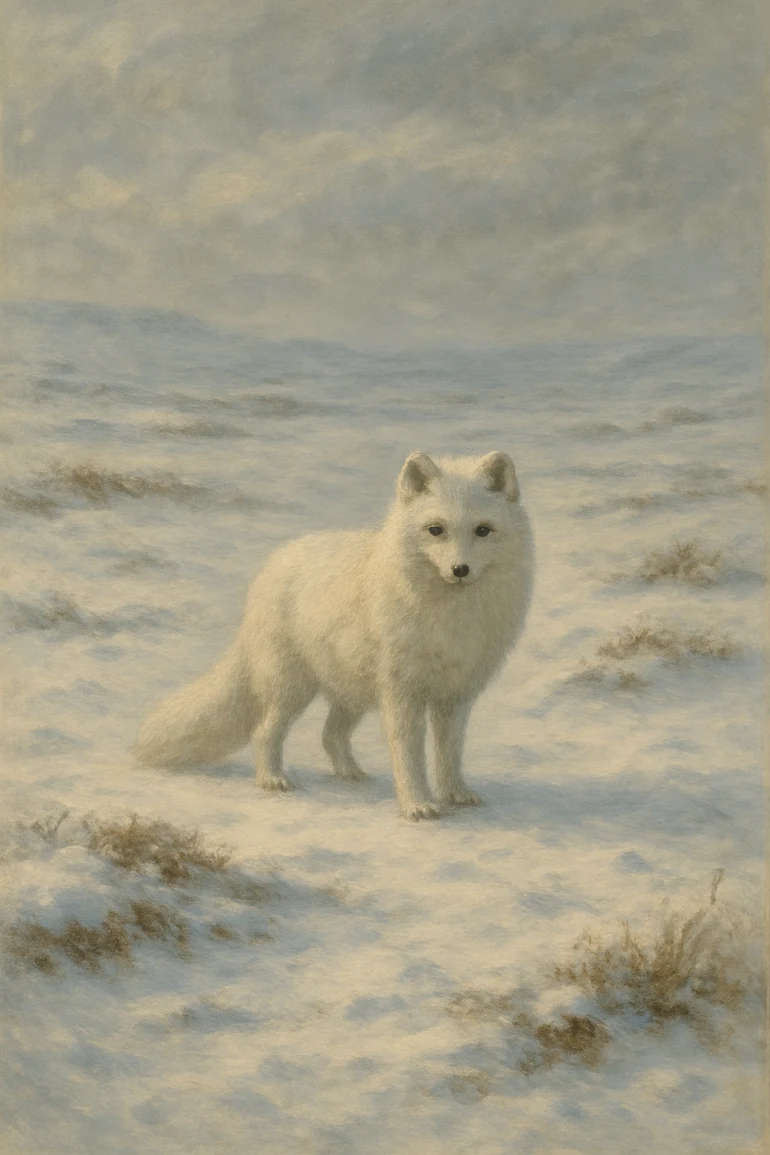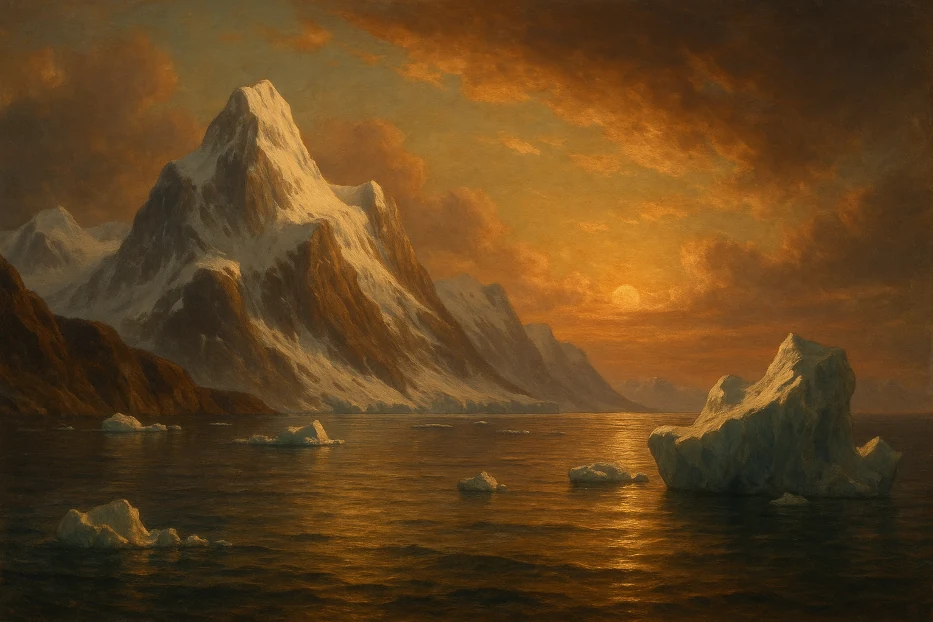If you’re curious about Canada’s largest island, look no further than Baffin Island.
Baffin Island is not your typical vacation spot. It’s a land of towering mountains, icy fjords, and wildlife you won’t see anywhere else.
Imagine watching narwhals and beluga whales glide through frigid waters or spotting polar bears roaming the coastline.
This is the kind of place that draws explorers, scientists, and adventure travelers who want to experience the raw power of the Arctic.
Table of Contents
Overview of Baffin Island
Tucked away in the Arctic, this enormous landmass covers over 507,000 square kilometers (almost 196,000 square miles)—about twice the size of Great Britain.
It’s the fifth-largest island in the world and part of Nunavut, a territory with deep roots in Inuit culture.
One of the island’s most stunning areas is Auyuittuq National Park, which means “the land that never melts.” Located on the Cumberland Peninsula, the park is filled with glaciers, towering cliffs, and some of the most dramatic peaks in the eastern Canadian Arctic.
Mount Odin, the tallest mountain on Baffin Island, rises over 2,100 meters (7,000 feet) above sea level. Hikers, climbers, and photographers flock here to witness landscapes that look like another planet.
While the scenery is unforgettable, Baffin Island is also home to about 13,000 people, most of whom live in small Inuit communities. The largest town is Iqaluit, Nunavut’s capital. More than half the island’s population lives there.
Residents speak Inuktitut as well as English and sometimes French. Life on Baffin Island isn’t easy — winters are extremely cold, with temperatures dipping below -40°C (-40°F), and summers are brief and cool.
But the people who live here have strong cultural traditions and a resilient spirit that has carried them through thousands of years in the Arctic.
You might wonder how to get to such a remote place. There are no roads connecting Baffin Island to mainland Canada.
Most visitors fly into Iqaluit, and from there, smaller flights serve other communities. In summer, cargo ships bring supplies during the short window when sea ice retreats.
Because of its isolation, traveling here requires preparation, but that’s part of the adventure.

Tourism on Baffin Island focuses on experiences you can’t find anywhere else. Visitors can join guided trips to see the Northern Lights dance across the sky, go dog sledding over frozen landscapes, or kayak among glaciers and icebergs.
The wildlife is a major attraction — walruses, Arctic foxes, seals, and countless seabirds thrive here. If you’re lucky, you might even catch a glimpse of a narwhal’s famous tusk breaking the surface of the water.
The history of Baffin Island goes back much further than European explorers. Inuit have lived here for millennia, building a rich culture rooted in respect for the land and sea.
Archaeological evidence suggests the Vikings reached Baffin Island around the year 1000 AD, referring to it as Helluland. Artifacts show early contact between Norse sailors and Indigenous peoples.
Modern life on Baffin Island blends tradition and innovation. Many residents work in government services, healthcare, education, and transportation.
Inuit art, especially carvings and prints, is highly valued and shipped all over the world. Because it’s so remote, salaries are often higher to offset the cost of living.
Visiting Baffin Island
If you’re thinking of visiting, remember that this is not a casual getaway. You’ll need warm clothing, careful plans, and a willingness to embrace the unpredictable Arctic environment.
But for those who make the journey, Baffin Island offers an unforgettable glimpse into a land of ice, wildlife, and living history.
Whether you’re drawn by the possibility of seeing glaciers up close, learning about Inuit culture, or simply standing in a place few people ever experience, Baffin Island is one of Canada’s most extraordinary destinations.

